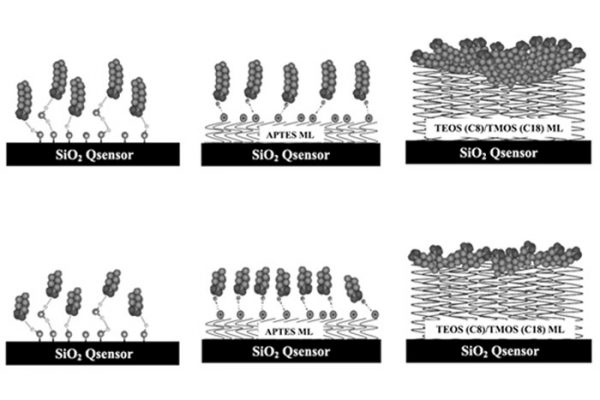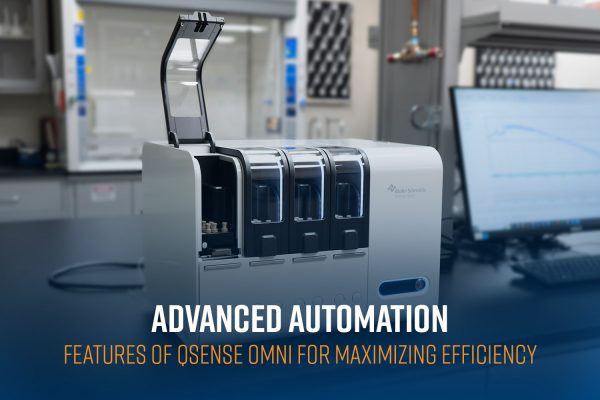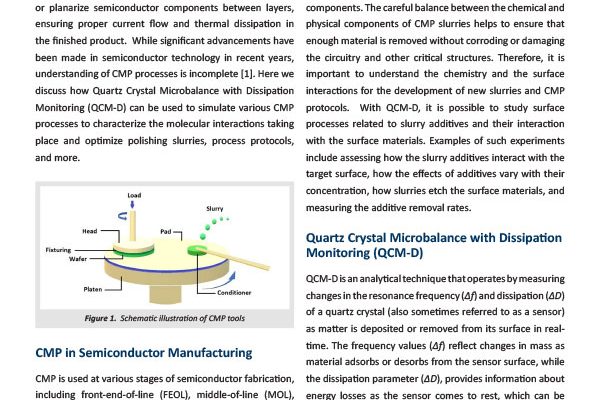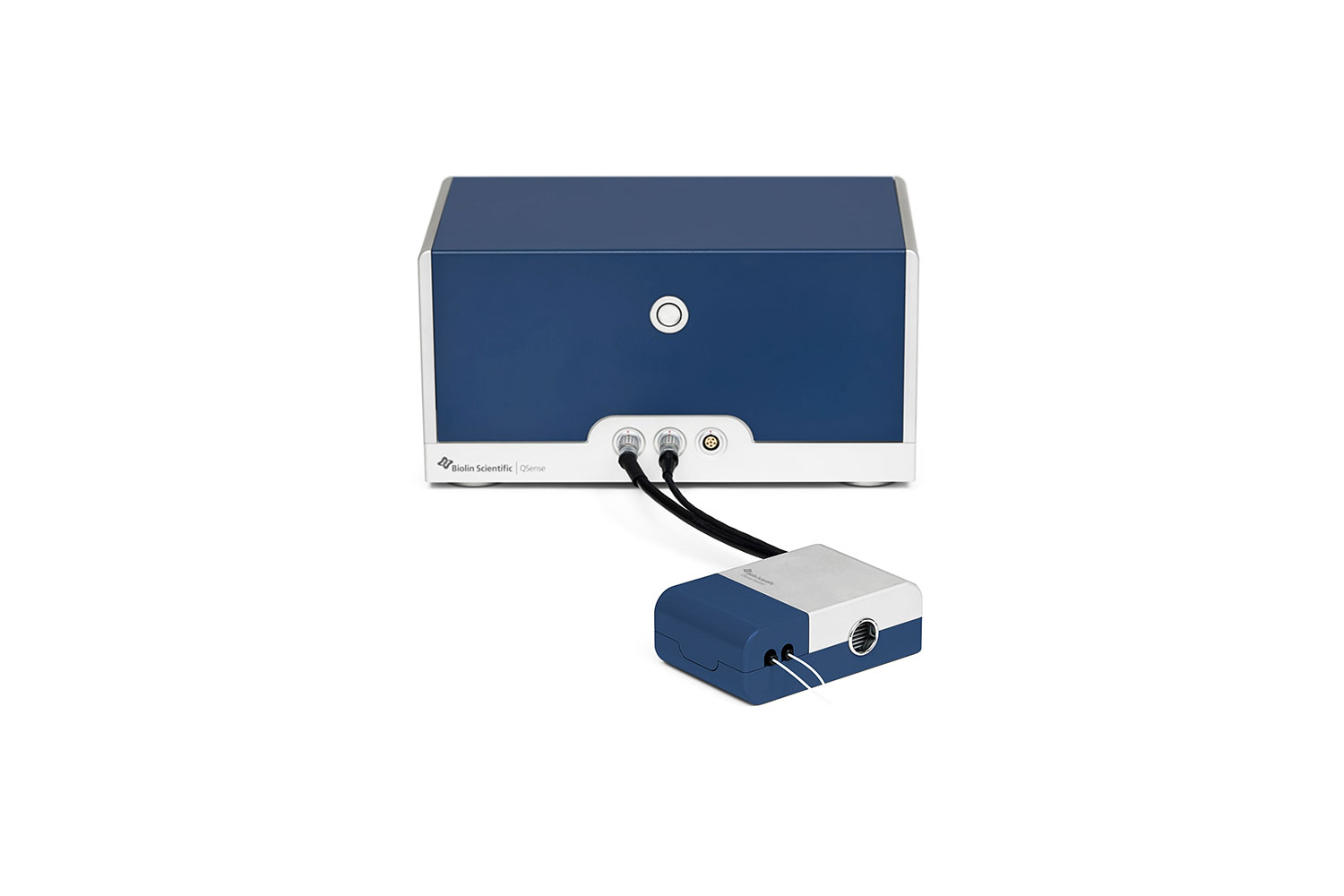
Biolin QCM-D Instruments
QSense™ Explorer
The QSense Explorer Quartz Crystal Microbalance with Dissipation Monitoring (QCM-D) system is designed for flexibility and customization. It features a single measurement channel for sample testing under precise, temperature-controlled conditions. Accessory chambers and modules expand measurement flexibility, producing high-quality, reproducible data for a wide variety of experimental setups.
Single-Channel QCM-D
Run one experiment using customizable sensor surfaces, solutions, and flow modes
Versatile Conditions
Encompasses a wide temperature range (15 – 65 °C, expandable to 4 – 150 °C) under various chemical environments
Modular & Customizable
Enhance with modular add-ons, including electrochemistry, ellipsometry, and high-temperature chambers
Talk to an Instrumentation Specialist Today!
Versatile Quartz Crystal Microbalance with Dissipation monitoring (QCM-D) System
The QSense Explorer offers highly accurate, real-time analysis of molecular interactions at surfaces and interfaces, providing researchers with detailed insights into mass changes (adsorption or desorption), viscoelastic properties, and adsorption kinetics. The Explorer comes with one flow chamber for standard measurements but is capable of much more than simple liquid-flow experiments. Optional modules are available to combine QCM-D measurements with technologies that provide additional information about the interactions taking place, including electrochemistry, ellipsometry, optical or fluorescence microscopy, and other complementary techniques. With the widest range of high-precision sample surfaces (sensors) and compatibility with extreme temperature control chambers, the Explorer is an ideal choice for researchers seeking comprehensive QCM-D capabilities in a customizable platform.
Measurable Phenomena

Adsorption

Desorption

Binding & interactions

Swelling

De-swelling, crosslinking & collapse

Degradation, corrosion & etching
QSense Explorer
QSense Applications
Pharmaceutical R&D
The QSense Explorer delivers sub-nanogram level mass sensitivity, making it an indispensable tool for drug development. It has been used extensively by research scientists in the pharmaceutical industry to investigate lipid nanoparticle (LNP) drug delivery systems, study drug-surface interactions, assess biocompatibility of therapeutics, and develop biosensors.
Biotechnology & Medical Devices
The label-free QCM-D technique is useful for simulating interactions and reactions taking place at surfaces and interfaces within the human body. Biomolecular interactions that have been studied using QCM-D include immune responses to surgical implants and biomaterials, antibody-antigen interactions, protein-DNA interactions and conformational changes, biomineralization, and fouling due to biofilm formation.
Cleaning & Detergents
QCM-D provides real-time insights into the removal of mass from a surface, which is ideal for studying the efficacy of cleaning products on hard surfaces. By flowing detergent formulations with different surfactant concentrations over a sensor coated in the material of interest (lipids, fat, grease, food, biofilms, soil, etc.) it is possible to quantify their cleaning performance. High temperature and/or high-pressure environments such as industrial cleaning tanks can be simulated using the QSense High Temperature/High Pressure Chamber.
Batteries & Energy Storage
QSense QCM-Ds can be connected to a potentiostat to enable Electrochemical Quartz Crystal Microbalance with Dissipation monitoring (EQCM-D) experiments. EQCM-D allows in situ investigation of bulk and interfacial behaviors in batteries, fuel cells, and other energy systems, providing a better understanding of both the chemical reactions and mass transport taking place during their operation. One critical application of EQCM-D is furthering our understanding of the Solid Electrolyte Interphase (SEI), which is critical for improving Li-ion battery performance.
Electronics & Semiconductors
Semiconductor wafers undergo several treatments as part of the Chemical Mechanical Planarization (CMP) process to ensure they meet specifications and are prepared for subsequent photolithography and metallization steps. QCM-D can be used to gain a better understanding of the interactions taking place between the surface and slurry, the etching behavior of different slurry formulas, and the cleaning performance of post-CMP residue removal agents. Examples of available sensor coatings for CMP-related studies include: Cu, Co, W, Al, Sn, Si, SiO2, Si3N4, SiC, TEOS, polySi, Al2O3, CuO, SnO2, NiP, polyimide, and many more.
Food Science
QCM-D is a useful tool for food science applications ranging from food ingredient interactions to food engineering and processing, and food safety and storage. Various systems can be modeled using QCM-D, such as the human tongue and oral cavity, food manufacturing lines, and food packaging, to study the molecular interactions that affect food quality, appearance, sensory characteristics, shelf life, and more.
Polymers
When studying polymers, it is critical to understand both their mechanistic properties and their chemical attributes. QCM-D enables researchers to better understand the dynamic behavior of polymers, such as swelling or shrinking in response to stimuli like pH or salt concentration, by providing simultaneous measurements of mass and viscoelastic properties of the adsorbed polymer layer. The sensitivity and precision of QCM-D make it useful for investigating polymer adsorption, conformational changes, and stability of polymer layers under varying conditions.
QSense Explorer
Product Features
Measurement Conditions

Flow Mode

Stagnant Mode

Liquid Phase

Gas Phase
*Requires Add-on

Harsh Chemicals

Low Temperature
*Requires Add-on

High Temperature
*Requires Add-on

Humidity
*Requires Add-on

Variable Pressure
*Requires Add-on

Inert Surface
*Requires Add-on
Mass Sensitivity & Signal Quality
The QSense Explorer is a high-throughput QCM-D instrument designed for reliable and reproducible measurements of surface interactions. With four parallel measurement channels, it enables efficient sample comparisons while maintaining high data quality. QSense Decay Technology provides high-resolution frequency and dissipation monitoring, allowing for the detection of even the smallest changes in mass and viscoelastic properties. The system supports a broad range of measurement conditions, including temperature control and compatibility with additional modules, making it a versatile solution for advanced QCM-D analysis.
EXCEPTIONAL TEMPERATURE RANGE, STABILITY, & RESOLUTION
The QSense Explorer features a temperature-controlled measurement chamber with a range of 15 °C to 65 °C, ensuring stable conditions for accurate QCM-D measurements. The add-on Qsense High Temperature Chamber expands the temperature range to 150 °C. With long-term temperature stability of ±0.02 °C per hour, it minimizes thermal fluctuations that could impact results. The system is compatible with a variety of experimental conditions, including the use of harsh chemicals, and can be expanded with additional modules for enhanced capabilities. This precise thermal regulation ensures reliable data for studying surface interactions, molecular adsorption, and viscoelastic properties.
MEASUREMENT OF MULTIPLE HARMONICS
QCM-D is an acoustic-based technique, which involves the measurement of frequency and dissipation parameters to characterize mass changes and viscoelasticity in thin film systems. Measuring the fundamental frequency is a given in QCM, but measuring multiple overtones (harmonics) provides a deeper understanding of the adsorbed layer, especially if it is soft (viscoelastic) rather than rigid. All QSense systems measure multiple harmonics, up to the 13th overtone. To learn more about the value of measuring multiple harmonics during QCM experiments, read our White Paper:
Widest Range of Sensor Surfaces
Having your material of interest on the surface of the sensor is a prerequisite to achieving your research goals with QCM-D. QSense offers over 100 different sensor surfaces, including common metals, polymers, ceramics, and glass used across various industries, sulfides and oxides, functionalized surfaces, and custom options for exotic materials.
Application Support & Local Service
In the US and Canada, the QSense QCM-D products are supported and serviced by Nanoscience Instruments. We pride ourselves on providing exceptional application support and field service, ensuring your team of users is well-trained and the instrument is up and running in optimal condition. Whether you are interested in discussing the feasibility of a specific experiment or need help with troubleshooting your QSense system, our Support teams are here for you!
QSense Explorer
Product Accessories
QSENSE MODULES
The QSense QCM-D systems are equipped with standard flow modules, which enable a wide variety of aqueous and gas-phase experiments. Many other specialized modules are available to support experiments that require the use of additional technologies.
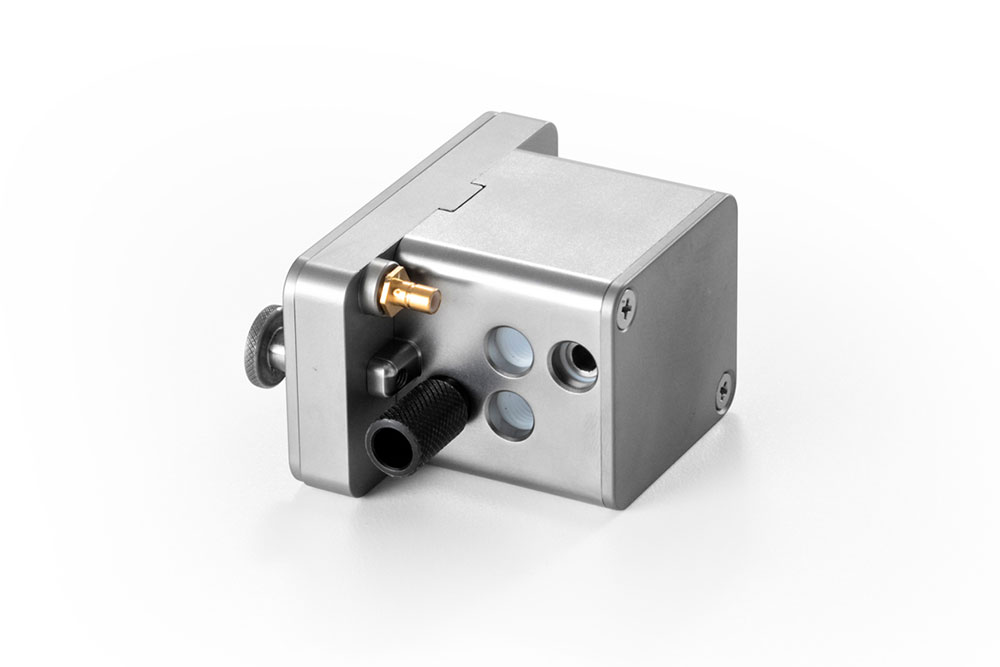
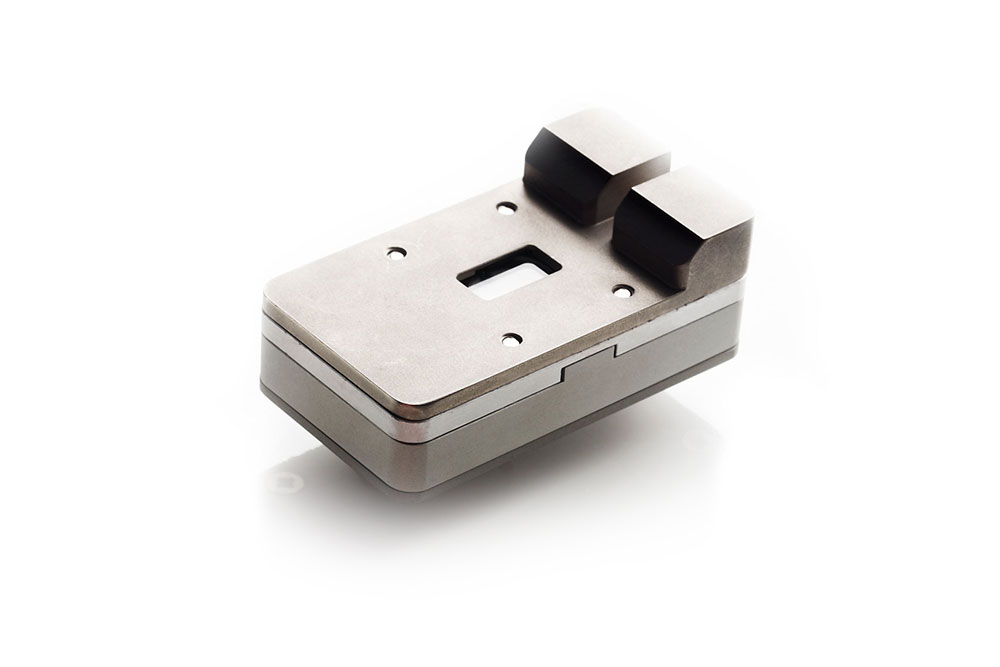
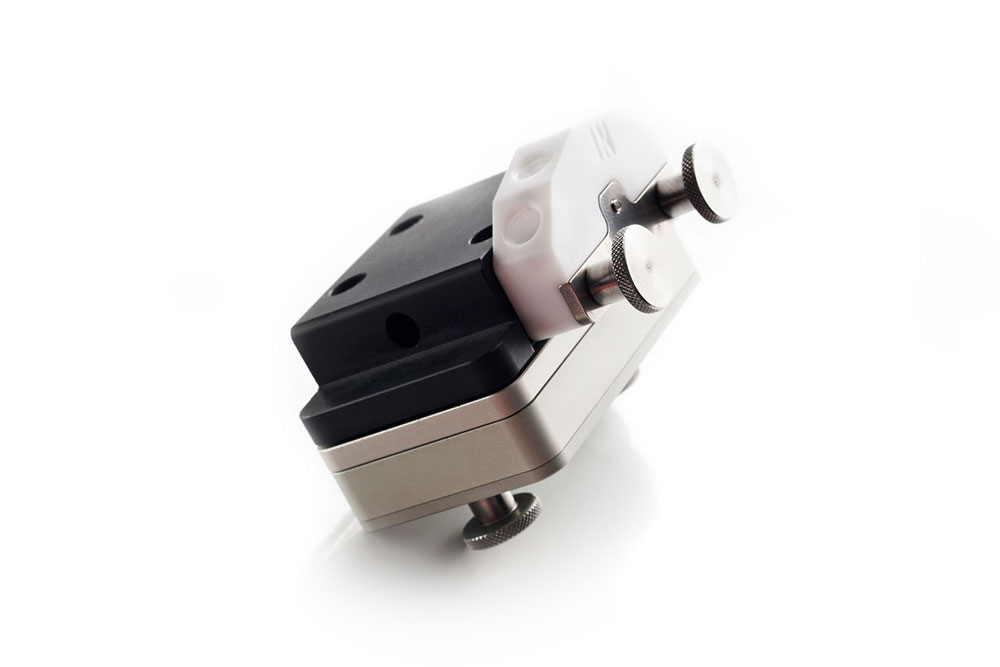
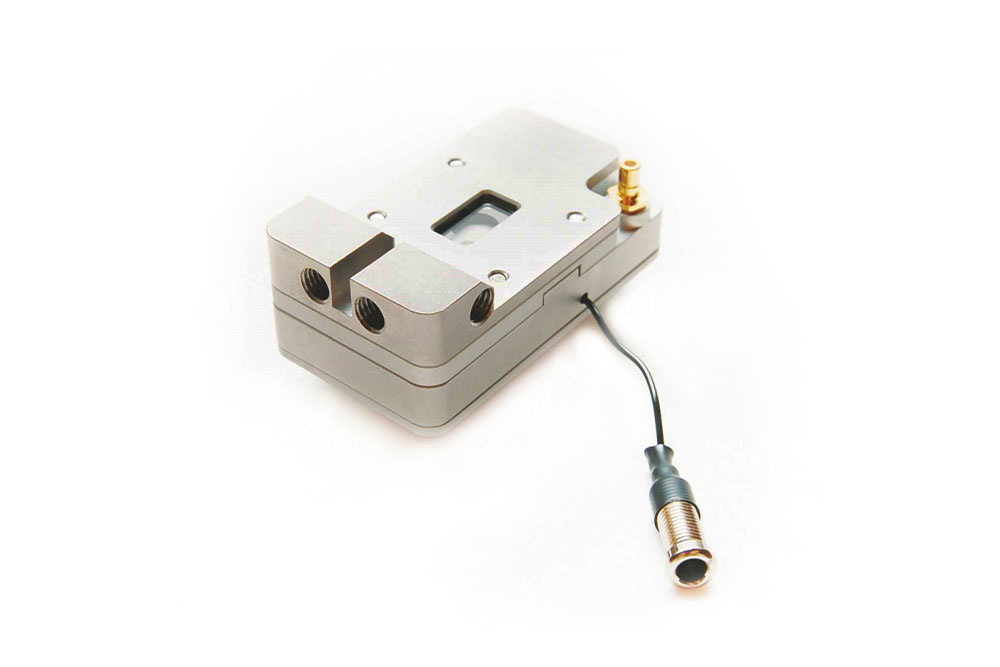
QSensors
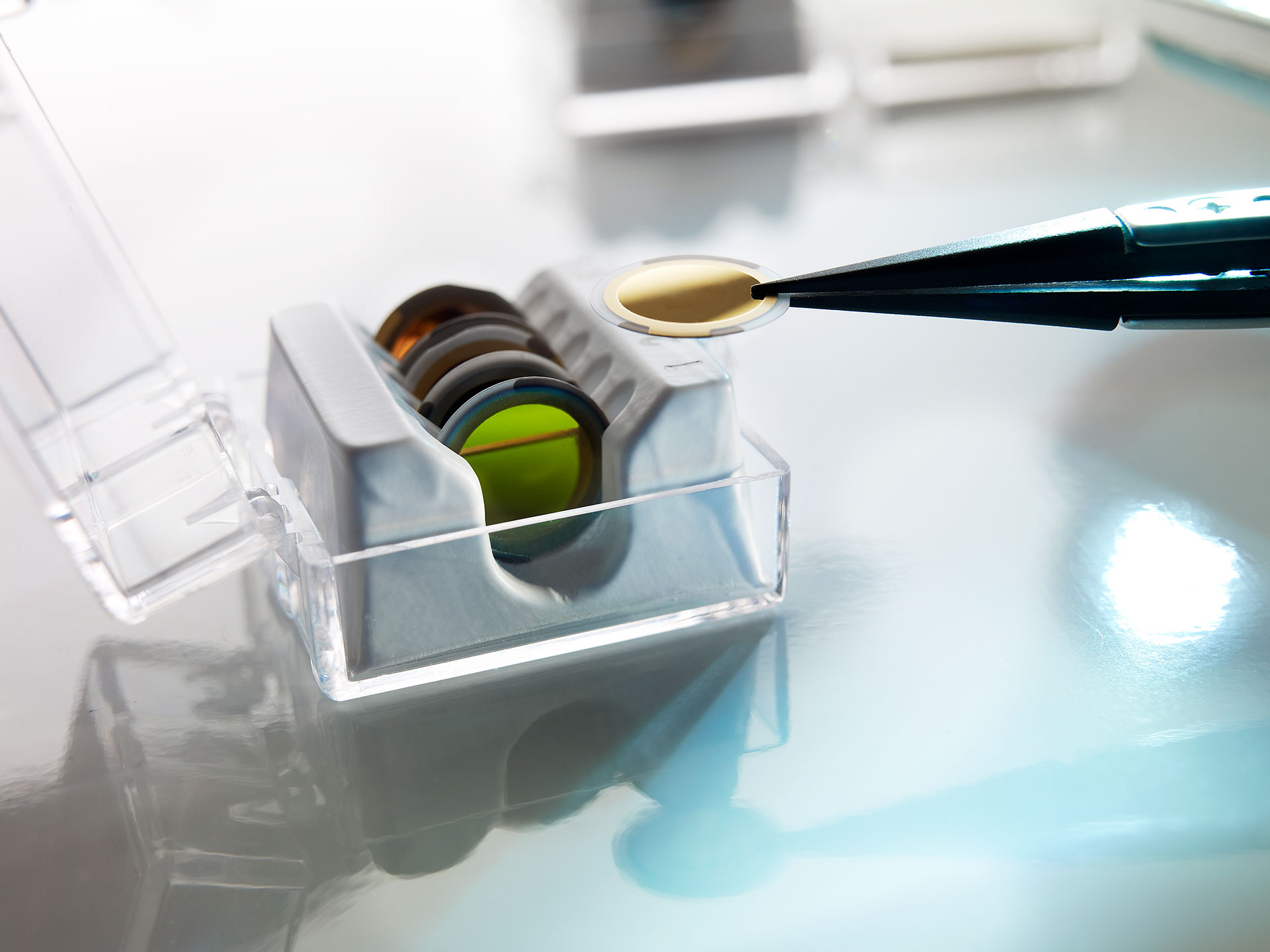
QSense Explorer
Qsense Software
QSOFT
QSoft is the data acquisition software used with the QSense Explorer. It has a straightforward interface for setting up and running QCM-D experiments with control over temperature, flow, and measurement parameters. Real-time data visualization helps monitor frequency and dissipation changes throughout the experiment.
DFind | Analyze the Data
The QSense DFind software helps to streamline data analysis by integrating data preparation, modeling, analysis, and reporting into one convenient platform. Featuring a step-by-step, guided modeling process and vast library of sensor surface materials, QSense DFind simplifies data interpretation and removes many of the perceived barriers to QCM-D analysis. DFind also supports simultaneous multi-dataset analysis, making it particularly useful for research that involves comparing or combining data from multiple different experiments.
Discover QSense DFind and learn tips and tricks from the QCM-D experts at Biolin Scientific:
QSense Explorer
Product Knowledgebase
Webinar
Molecular Scale Adsorption Behavior of Per- and Poly-Fluoroalkyl Substances (PFAS) on Model Surfaces
Per- and poly-fluoroalkyl substances (PFAS) are emerging contaminants of concern owing to…
Blog
Advanced Automation Features of QSense Omni for Maximizing Efficiency
Quartz Crystal Microbalance with Dissipation monitoring (QCM-D) has revolutionized surface…
White Paper
Optimizing Chemical Mechanical Planarization (CMP) Processes with QCM-D
Chemical mechanical planarization (CMP), also called chemical-mechanical polishing, is a c…

